How to Sharpen Electric Knife Blades: Tips and Tricks
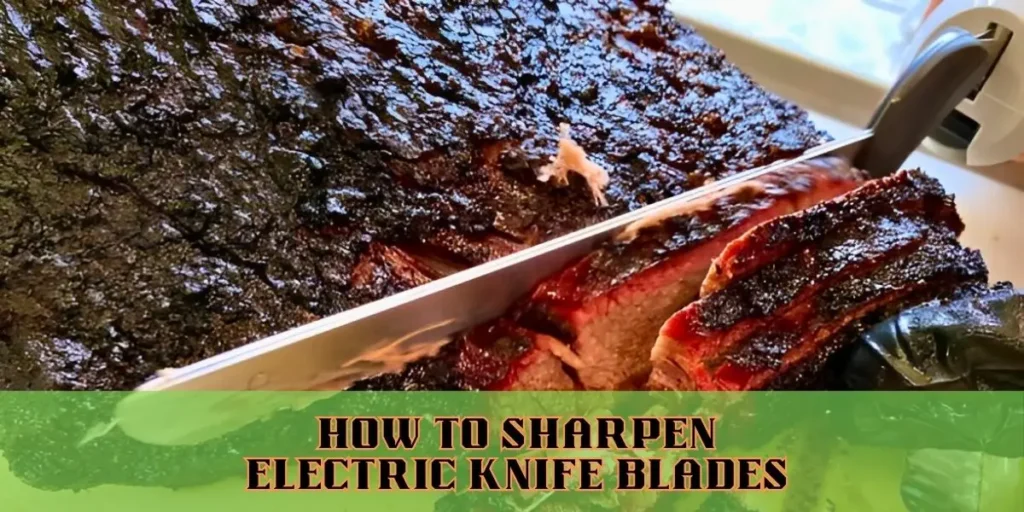
Is your electric knife not cutting well? Learn how to sharpen electric knife blades to ensure clean cuts and enhance kitchen efficiency. Electric knives are valuable tools in any kitchen. They slice through meat, bread, and other foods quickly and easily.
Their sharp blades can save you time and effort when preparing meals. To keep your electric knife working well, you must maintain those blades.
Maintaining sharp blades is essential. Dull blades can make cutting difficult and even dangerous. A sharp knife allows for cleaner cuts and reduces the risk of slipping.
This guide will teach you how to care for your electric knife blades properly. We’ll discuss cleaning, sharpening, and storing your knives. You’ll also find tips for troubleshooting common problems. Finally, you’ll know how to keep your electric knives in great shape. Enjoy cooking with confidence and ease using your well-maintained electric knives!
Understanding Electric Knife Blades
Electric knife blades are a great addition to your kitchen. They make slicing easy and quick. In this article, we will explore how electric knives differ from regular knives and discuss how to tell when your electric knife blades need sharpening.
Types of Electric Knife Blades
There are mainly two types of electric knife blades: serrated and straight. Serrated blades have jagged edges. They are perfect for cutting bread and carving meats. Straight blades are smooth. They work well for slicing fish and other delicate foods. Some electric knives also come with interchangeable blades. This feature allows you to choose the best blade for your task.
How Electric Knives Differ from Regular Knives
Electric knives are powered by electricity. This is a big difference from regular knives, which you use by hand. Electric knives do the cutting for you. They provide consistent results and require less effort. This makes them ideal for anyone who finds cutting tough foods challenging.
Signs Your Electric Knife Blades Need Sharpening
It’s important to know when to sharpen your electric knife blades. If your knife struggles to cut through food, it may be dull. Another sign is if the knife tears instead of slicing smoothly. Dull blades can lead to accidents, as you might push harder while cutting. Regularly checking your blades will keep them. Having the right tools is key.
Related to: How to Sharpen Titanium Coated Knife
Essential Tools and Mate
ng electric knife blades: having the right tools is key. Using the best tools will help you keep your knives in great shape. Let’s explore the best tools for sharpening, the differences between manual and electric options, and the safety equipment you should use.
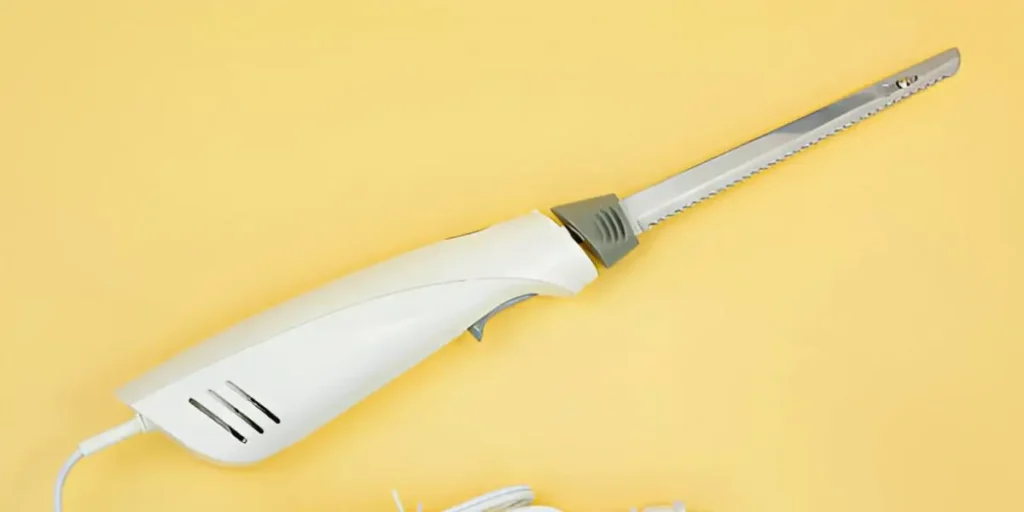
Best Tools for Sharpening Electric Knife Blades
To sharpen electric knife blades, you need a few manuals. The most common options are electric, manual, and diamond rod sharpeners. Electric sharpeners are quick and easy to use. They often have built-in guides to help you achieve the right angle. Manual sharpeners give you more control. They can be great for honing your skills. Diamond rod sharpeners are also excellent. They are durable and can sharpen blades effectively.
Manual vs. Electric Sharpening Options
Manual sharpeners require some effort but allow for precision. You can adjust the pressure you apply. This helps you avoid damaging the blade. Electric sharpeners save time and are user-friendly. However, they may remove more material than necessary. Choose what feels best for you.
Safety Equipment Needed
Safety is crucial when sharpening electric knife blades. Always wear cut-resistant gloves to protect your hands from accidental slips. Safety glasses are also suitable for protecting your eyes from dust and debris.
Step-by-Step Sharpening Process
Sharpening electric knife blades can seem tricky, but following the proper steps is easy. With some preparation and basic techniques, you can keep your knives sharp and ready to use. Let’s go through the entire process together.
Preparation and Safety Precautions
Before you start sharpening, make sure you have everything you need. Gather your sharpening tools, such as an electric sharpener or a manual one. Always wear cut-resistant gloves to protect your hands. Safety glasses are also a good idea. They will protect your eyes from debris that might fly off while you sharpen. Set up your workspace on a flat, stable surface. This will help you work safely and effectively.
Basic Sharpening Techniques
To sharpen your electric knife blades, start by placing the blade in the sharpener according to the manufacturer’s instructions. If using a manual sharpener, hold the knife at a 20-degree angle. Gently pull the blade through the sharpener from heel to tip. Repeat this a few times until you feel the blade getting sharper. If you use an electric sharpener, simply follow the prompts. It usually takes less time, and the sharpener does the hard work.
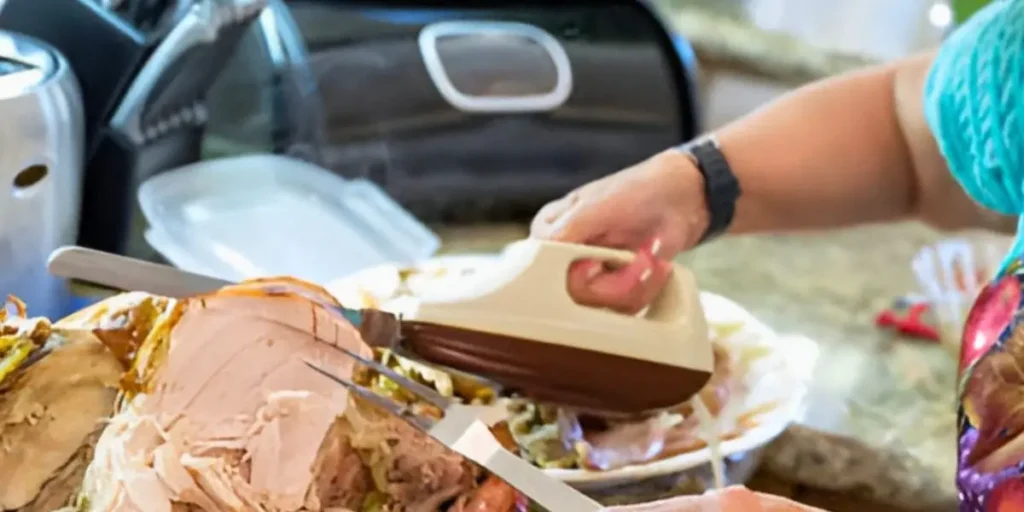
Dealing with Serrated Electric Knife Blades
Serrated blades require a different approach. You cannot sharpen them like straight blades. Instead, use a honing rod designed for serrated knives. Insert the rod into one of the serrated edges and gently pull it through. Move from the base of the blade to the tip. Repeat this for each serration to ensure every part is sharp.
Related to: How to Use Chef’s Choice Knife Sharpener 2-Stage
Honing Techniques for Maintenance
Honing is different from sharpening. It helps maintain the edge of your knife between sharpenings. Use a honing steel or a diamond rod. Hold the blade at a slight angle and run it along the honing tool a few times on each side. This will keep your knife in great shape and ready for use.
Testing Blade Sharpness
After sharpening, it’s essential to check how sharp your knife is. A simple way to test this is to try slicing through a piece of paper. If the blade cuts cleanly, it’s sharp. If it tears the paper, it may need more sharpening.
Following these steps will keep your electric knife blades sharp and effective. Regular maintenance ensures your knives stay in top shape. Enjoy cooking with well-sharpened knives!
Professional Tips and Best Practices
Sharpening electric knife blades can significantly improve your cooking experience. Proper techniques and knowledge can keep your blades sharp and safe. Here are some professional tips and best practices to help you sharpen your knives effectively.
Proper Angle and Pressure Techniques
The angle at which you sharpen your knife is critical. For electric knife blades, aim for a 20-degree angle. This angle helps create a sharp edge without damaging the blade. When using a sharpener, apply light pressure. Too much pressure can cause the blade to wear down quickly. Let the sharpener do the work for you. Pull the blade gently through the slots if you’re using a manual sharpener. Remember, consistency is key. Try to maintain the same angle and pressure throughout the sharpening process.
Common Mistakes to Avoid
Many people make mistakes when sharpening knives. One standard error is not cleaning the blade before sharpening. Always wipe off any dirt or debris. This helps you get a better edge. Another mistake is over sharpening. Sharpen your knife only when necessary. Frequent sharpening can remove too much metal from the blade. Lastly, avoid using the wrong sharpening tool. For the best results, use a sharpener designed for electric knives.
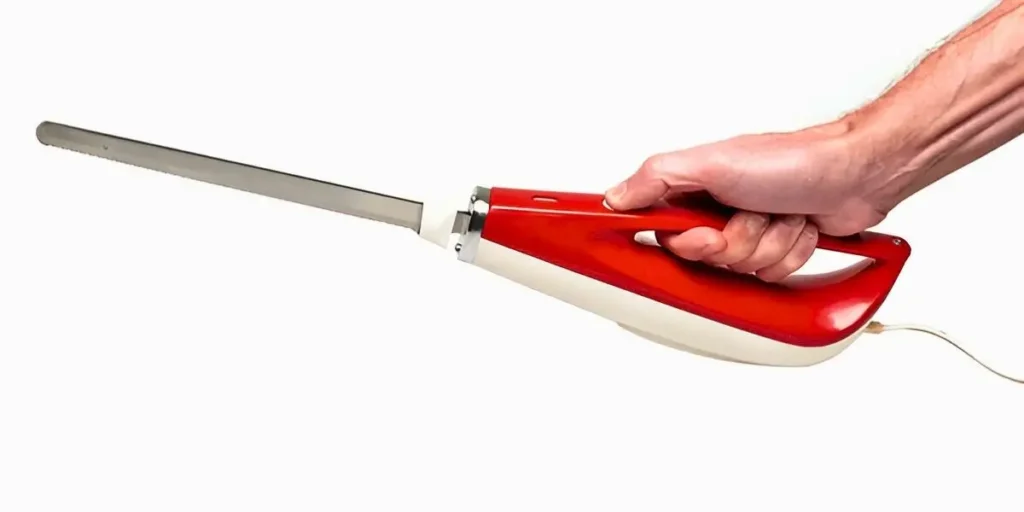
Frequency of Sharpening Recommendations
How often should you sharpen your electric knife blades? It depends on how usually you use them. If you use your knives regularly, sharpen them every few months. For occasional use, you can wait longer. A good rule of thumb is to check the sharpness before each major cooking session. If the knife struggles to cut or tears food, it’s time to sharpen.
Maintenance Between Sharpenings
It is essential to care for your electric knife blades between sharpenings. Always clean your knives after use. Wash them with warm, soapy water and dry them immediately. Store them safely, away from other utensils, to prevent dulling. Regularly using a honing rod can also help maintain the edge. Just a few strokes can keep your knife sharp longer.
Blade Care and Maintenance
Proper care of electric knife blades is essential for their performance and longevity. With appropriate care, knives stay sharp and ready for any task. Let’s explore how to clean, store, and maintain them effectively.
Cleaning Before and After Use
Cleaning your electric knife blades is a simple but crucial step. Always wash your blades before and after using them. Start by rinsing off any debris or food particles. Use warm, soapy water and a soft sponge. Avoid using harsh scrubbers, as they can scratch the blade. After washing, dry the knife immediately with a clean cloth. This will help prevent rust and keep the blade in good condition. Regular cleaning ensures that your knife remains hygienic and safe to use.
Proper Storage Techniques
How you store your electric knife blades matters. Proper storage protects the blade from damage. Use a knife block or a magnetic strip to keep your knives safe. Avoid tossing them in a drawer with other utensils. This can dull the blade and cause accidents. If you have a sheath for your electric knife, use it. A sheath covers the blade and keeps it sharp. Proper storage helps maintain the blade’s sharpness and protects your hands.
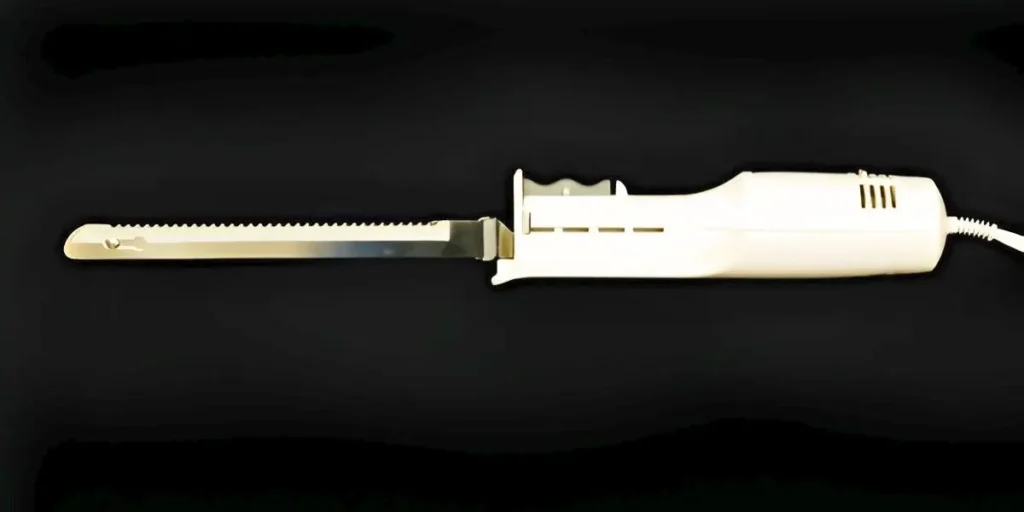
Preventive Maintenance Tips
Preventive maintenance is key to keeping your electric knife in great shape. Regularly check for any signs of wear or damage. If you notice any nicks or dull spots, sharpen the blade promptly. Use a honing rod to maintain the edge between sharpenings. A few strokes on the honing rod can keep your knife sharp longer.
Avoid cutting on hard surfaces like glass or stone. Instead, use a wooden or plastic cutting board. This will help preserve the blade’s edge.
Extending Blade Lifespan
Be gentle with your electric knife blades to extend their lifespan. Avoid using them on frozen foods or complex items, which can cause unnecessary wear and tear. Also, make sure to keep your knives dry and clean. Moisture can lead to rust, which damages the blade. With these simple tips, you can ensure that your electric knife blades remain sharp and effective for years.
Taking care of your knives will enhance your cooking experience. Regular cleaning, proper storage, and preventive maintenance are all essential. Follow these guidelines, and enjoy the benefits of well-maintained electric knife blades!
Safety Considerations
Safety should always come first when using electric knives. If not handled properly, these tools can make cooking more straightforward and dangerous. Let’s discuss some essential safety measures to help you use your electric knives safely.
Personal Protection Measures
Before you start using an electric knife, make sure to wear the proper protection. Always use cut-resistant gloves. These gloves will protect your hands from accidental cuts. Safety glasses are also a good idea. They can shield your eyes from flying debris while you cut. Wearing comfortable clothing is essential, too. Avoid loose sleeves that might get caught in the blade. Remember, being safe is always a priority.
Workspace Setup
A proper workspace can significantly improve safety. Choose a clean, flat surface for cutting. Ensure there is enough room for your knife and any food you prepare. Keep the area well-lit so you can see what you are doing clearly. Avoid clutter on your countertop. This helps you stay focused and minimizes the risk of accidents. It’s also wise to keep children and pets away from your workspace while using the knife.
Handling Precautions
When using an electric knife, handle it with care. Always cut away from your body to prevent accidental injuries. Use a cutting board to provide a stable surface for your knife. Avoid using the knife on hard surfaces, as this can damage the blade and increase the risk of slipping. If you are unsure how to use the knife properly, read the manufacturer’s instructions first—understanding how your knife works will help you use it safely.
Emergency Procedures
Even with safety measures in place, accidents can happen. Knowing what to do in an emergency is essential. If you cut yourself, apply pressure to stop the bleeding. Clean the wound and cover it with a bandage. If the injury is severe, seek medical help immediately. Keep your first-aid kit nearby for quick access to supplies. It’s also a good idea to have emergency contact numbers handy.
Troubleshooting Common Issues
Electric knives are great tools for cooking, but they can sometimes have problems. Knowing how to troubleshoot these issues can help you get the best performance from your knife. Let’s look at some common issues and how to fix them.
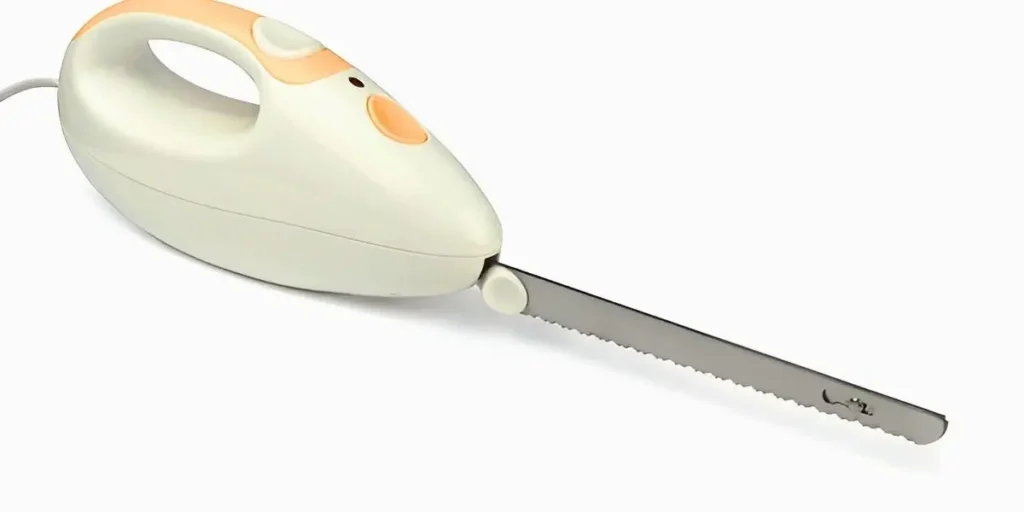
Dealing with Extremely Dull Blades
If your electric knife blades are incredibly dull, they won’t cut well, making cooking frustrating. To fix this, start by sharpening the blades. Use a good-quality sharpener designed for electric knives. Follow the instructions carefully to ensure you achieve the right angle. You may need a professional sharpening service if the blades are still dull after sharpening. They have the tools to restore your blades to their original sharpness.
Addressing Uneven Sharpening
Sometimes, blades can become uneven during sharpening. This can happen if you apply too much pressure or don’t maintain the right angle. To address this, check the blade for any spots that are still dull. If you find them, carefully sharpen those areas again. Focus on keeping a consistent angle and even pressure throughout the sharpening process. If you’re unsure, practicing something less essential than knowing the knife may be helpful.
When to Replace Versus Shawhen: It is essential to replace your electric knife blades. If your knife still struggles to cut even after sharpening, it may be time for a replacement. Look for signs of severe damage, such as chips or cracks in the blade. Replacement is also a good idea if the blade has become too thin from repeated sharpening. Investing in a new blade can save you time and frustration in the long run.
Professional Servicing Options
If you’re facing persistent issues with your electric knife, consider seeking professional help. Many sharpening services specialize in electric knives. They can assess the condition of your blades and provide expert sharpening or repair. Finding a reputable service can make a big difference in the performance of your knife.
Related to: How to Use Chef’s Choice Knife Sharpener
Conclusion
In conclusion, caring for your electric knife blades is vital for their performance and lifespan. Remember to clean your blades before and after each use. This simple step helps prevent rust and keeps your knife safe to use.
Regular sharpening is also essential. If your knives feel dull, sharpen them immediately. If you use them often, a good rule is to sharpen them every few months. Using a honing rod can help maintain the edge between sharpenings.
Finally, store your electric knife properly. Use a knife block or a sheath to protect the blade from damage. Avoid cutting on hard surfaces, as this can dull the knife quickly.
By following these key points, you can ensure your electric knives stay sharp and effective for years. Enjoy cooking with your well-maintained electric knife blades!
FAQs on How to Sharpen Electric Knife Blades
Sharpening your electric knife blades every few months is recommended, mainly if you use them frequently. Regular maintenance helps ensure optimal performance and safety during use.
You will need a sharpener specifically designed for electric knives, such as an electric sharpener or a manual honing tool. These tools help maintain the proper angle and edge of the blade.
You can sharpen serrated electric knife blades, but it requires a different method. Use a honing rod or a specially designed serrated knife sharpener to sharpen between the serrations carefully.
The electric knife struggles to cut through food or requires excessive pressure. A, its blades are likely dull and clean, and a smooth cut is a sign of sharp blades.
Sharpening electric knife blades at home is safe using the right tools. Remember to follow the manufacturer's instructions and practice proper safety measures.
If your electric knife blades are chipped or severely damaged, replace them. Attempting to sharpen damaged blades can lead to further issues and unsafe cutting.
To maintain your electric knife blades, regularly clean them after use, avoid cutting on hard surfaces, and store them safely in a knife block or sheath to protect the edges.
Related Posts
-
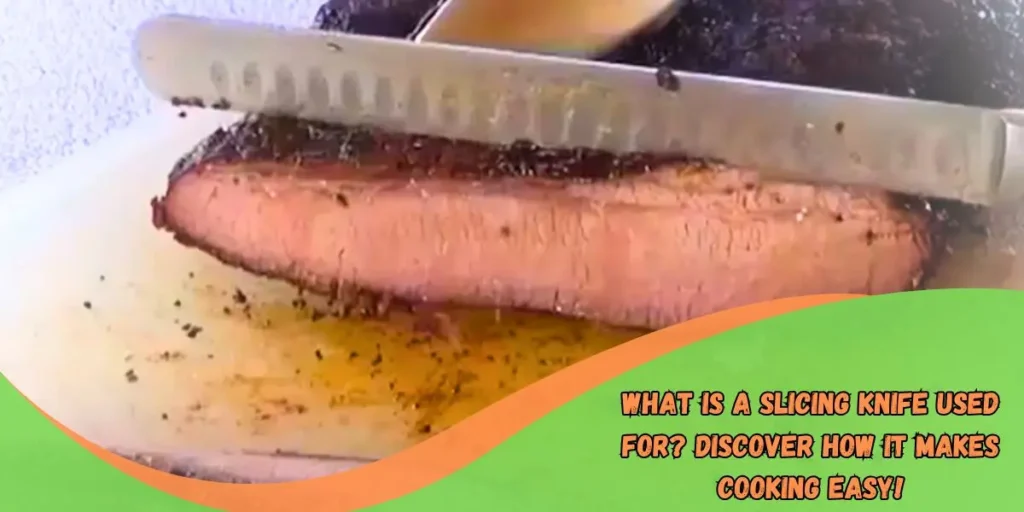 23 Feb 2025 KnifeWhat Is a Slicing Knife Used For? Discover How It Makes Cooking Easy!
23 Feb 2025 KnifeWhat Is a Slicing Knife Used For? Discover How It Makes Cooking Easy! -
 16 Feb 2025 KnifeWhat knives does Gordon Ramsay use? Check out his premium knives
16 Feb 2025 KnifeWhat knives does Gordon Ramsay use? Check out his premium knives -
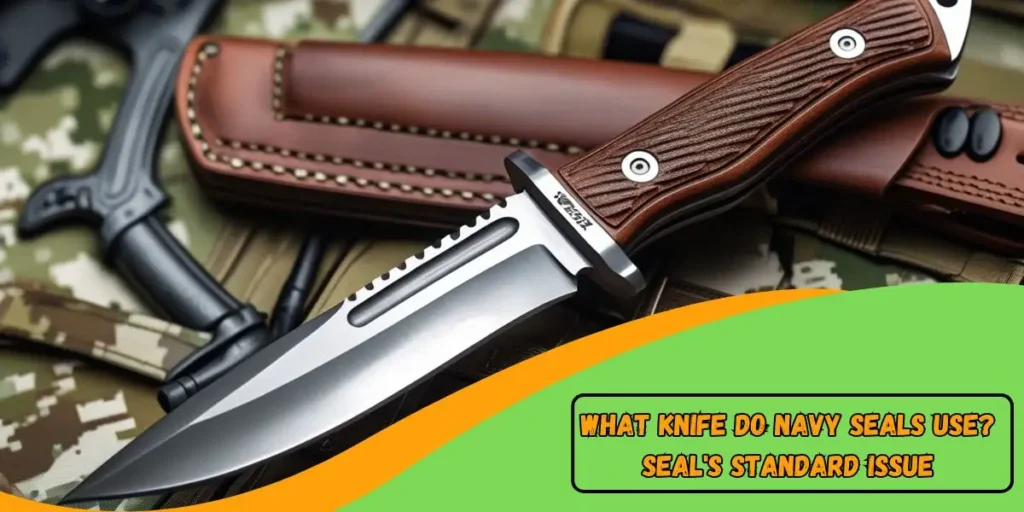 15 Feb 2025 KnifeWhat Knife Do Navy Seals Use? SEAL's Standard Issue 2025
15 Feb 2025 KnifeWhat Knife Do Navy Seals Use? SEAL's Standard Issue 2025 -
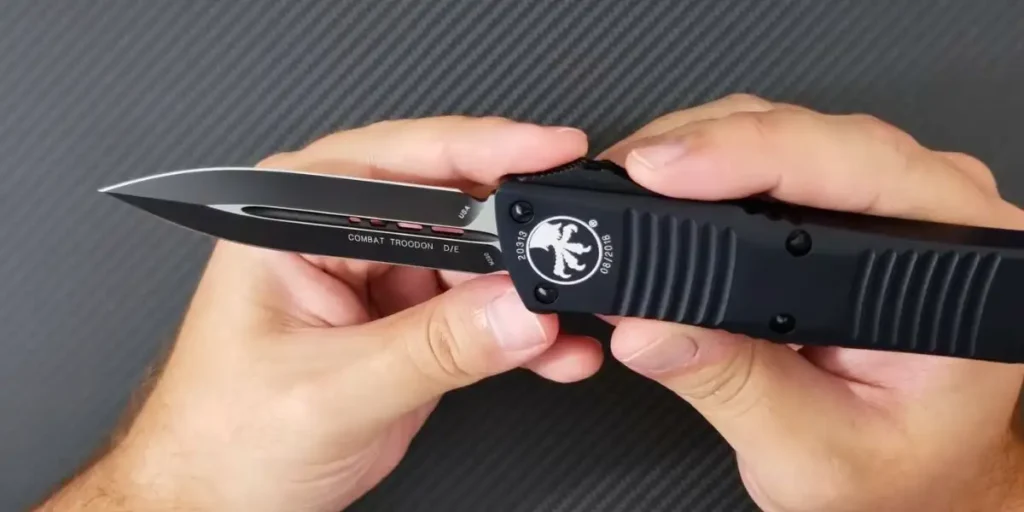 08 Feb 2025 KnifeWhat Knife Does John Wick Use? Learn About His Deadly Blade
08 Feb 2025 KnifeWhat Knife Does John Wick Use? Learn About His Deadly Blade -
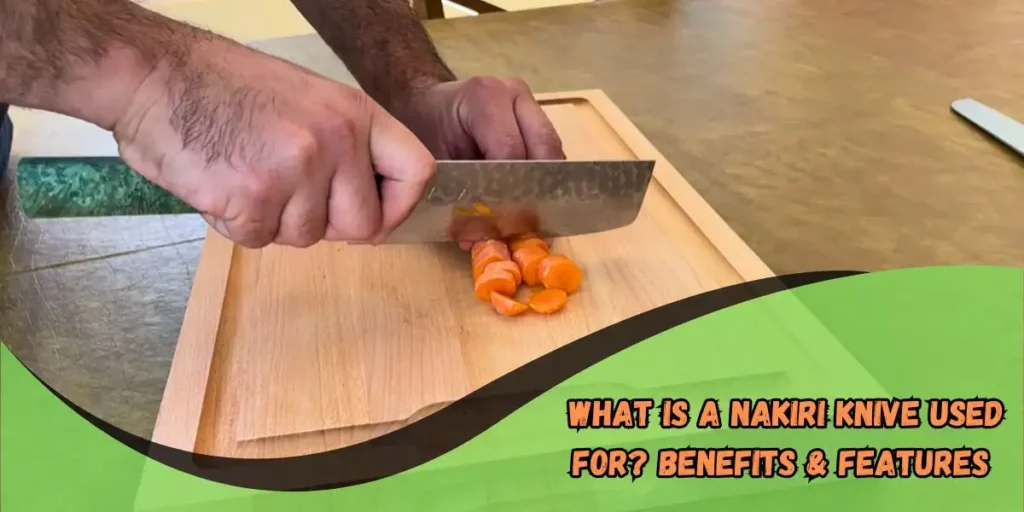 30 Jan 2025 KnifeWhat is a Nakiri Knives Used For? Benefits & Features Explained
30 Jan 2025 KnifeWhat is a Nakiri Knives Used For? Benefits & Features Explained -
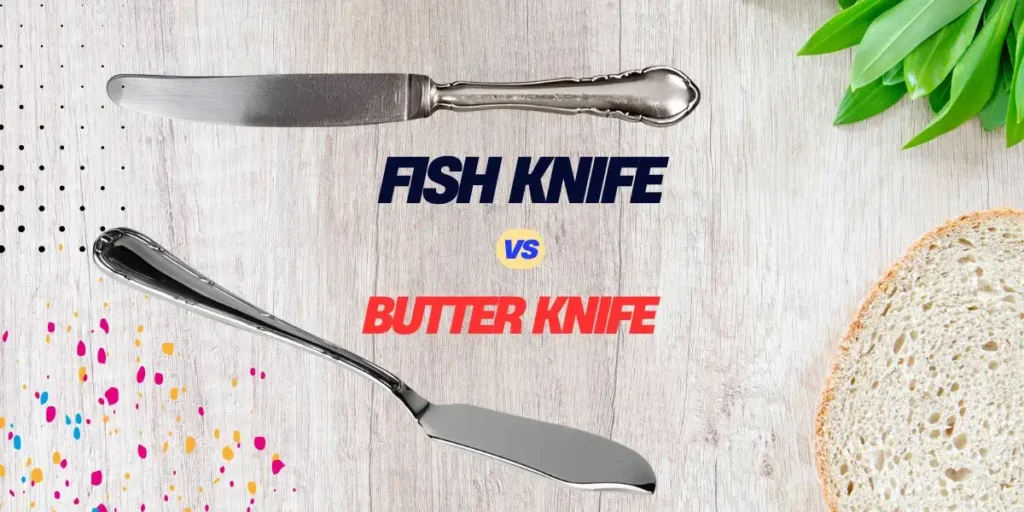 12 Jan 2025 KnifeFish Knife vs Butter Knife: Key Differences and Uses Explained
12 Jan 2025 KnifeFish Knife vs Butter Knife: Key Differences and Uses Explained -
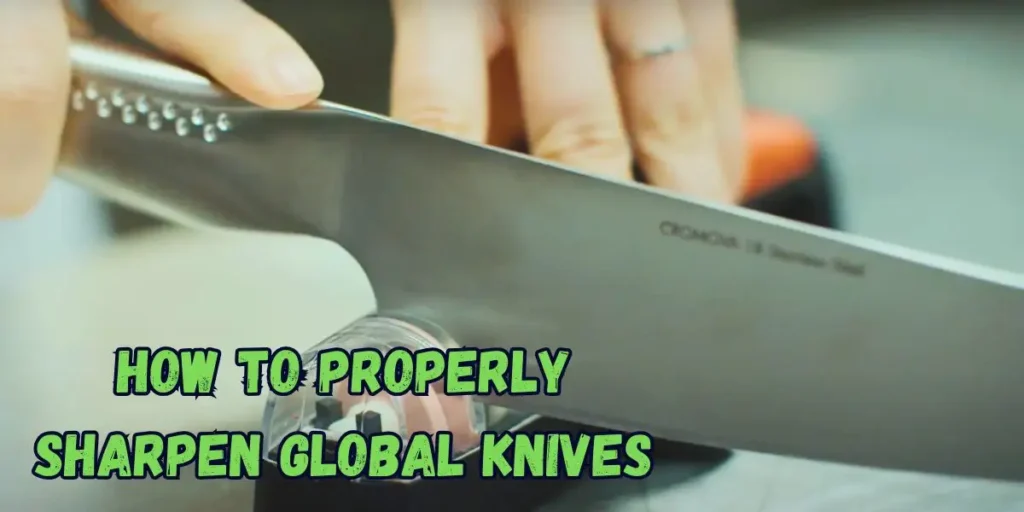 11 Jan 2025 KnifeHow to Sharpen Global Knife: A Quick Guide 2025
11 Jan 2025 KnifeHow to Sharpen Global Knife: A Quick Guide 2025 -
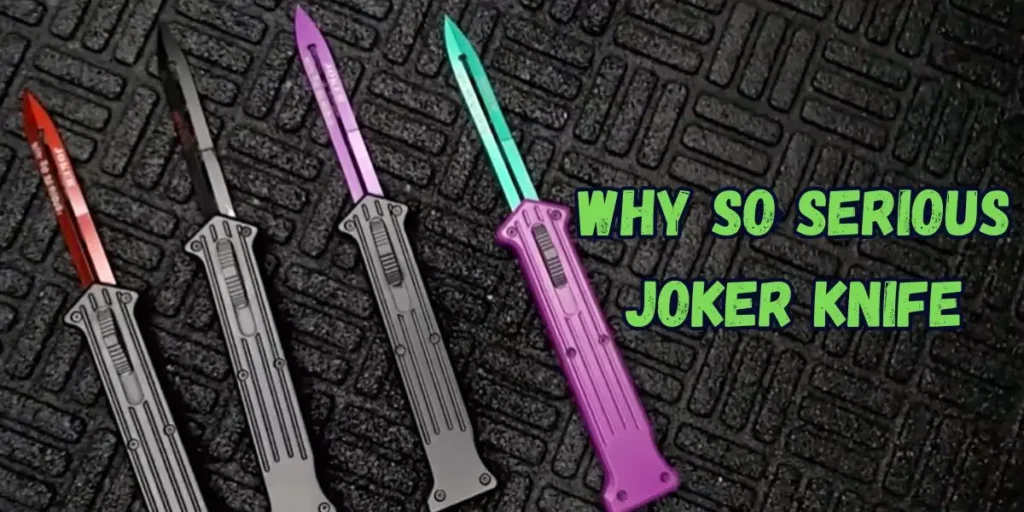 10 Jan 2025 KnifeDecoding the Iconic Why So Serious Joker Knife
10 Jan 2025 KnifeDecoding the Iconic Why So Serious Joker Knife -
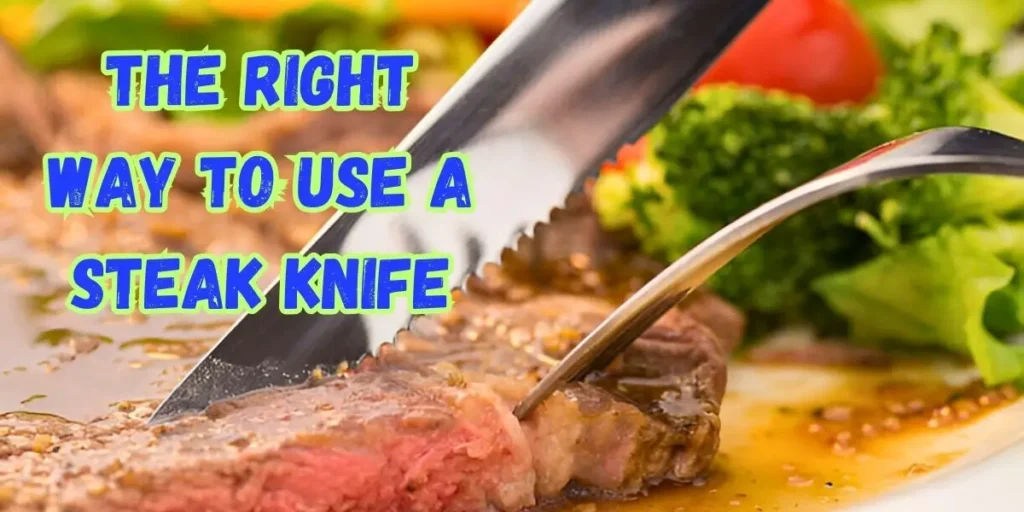 09 Jan 2025 KnifeThe Right Way to Use a Steak Knife: Tips and Tricks
09 Jan 2025 KnifeThe Right Way to Use a Steak Knife: Tips and Tricks -
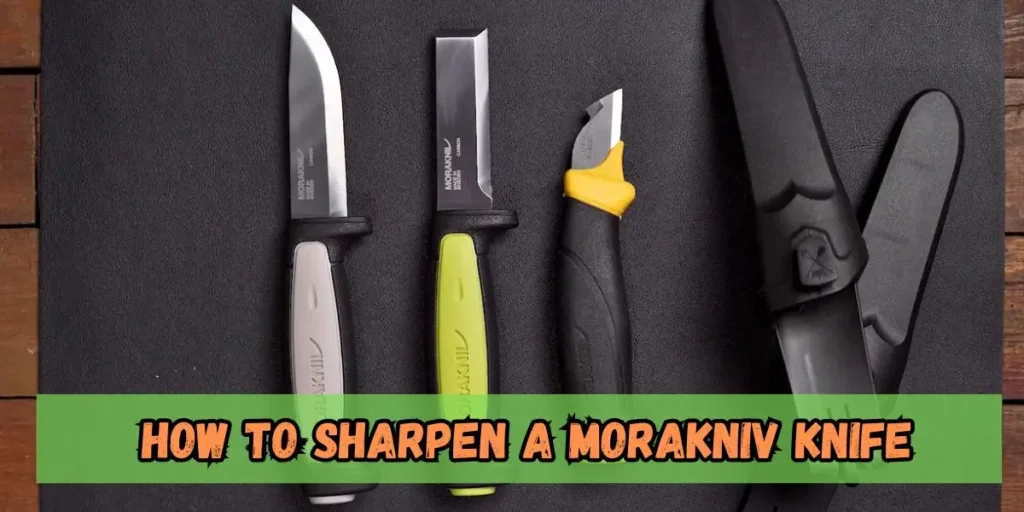 08 Jan 2025 KnifeHow to Sharpen a Morakniv Knife Safely and Effectively
08 Jan 2025 KnifeHow to Sharpen a Morakniv Knife Safely and Effectively

